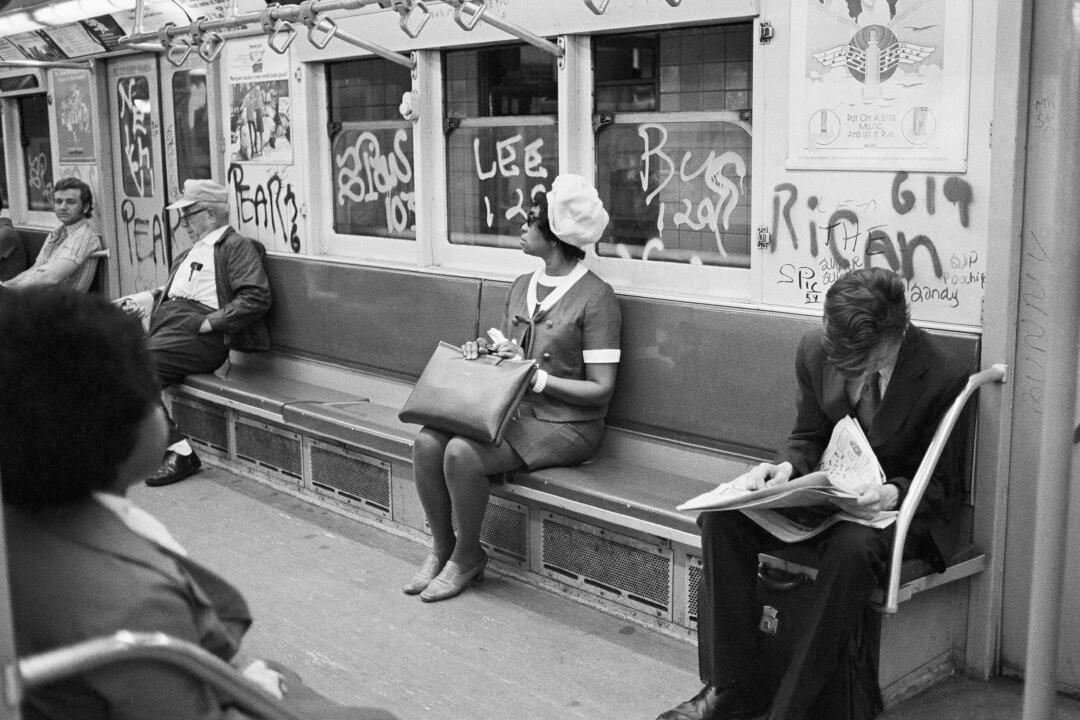Dive with us into the history of the New York City Subway. Starting with the opening of the futuristic Fulton Center transit hub in 2014, we'll go back all the way to 1901 when the excavation for an underground train line took place. Enjoy the ride!

2014: People gather for a ceremony at the entrance of the Fulton Center transit hub, Sunday, Nov. 9, 2014 in New York. The $1.4 billion hub links the World Trade Center to nine subway lines in lower Manhattan and is designed to serve up to 300,000 passengers daily. The center also features retail and office space. AP Photo/Mark Lennihan





